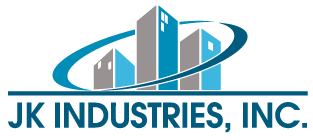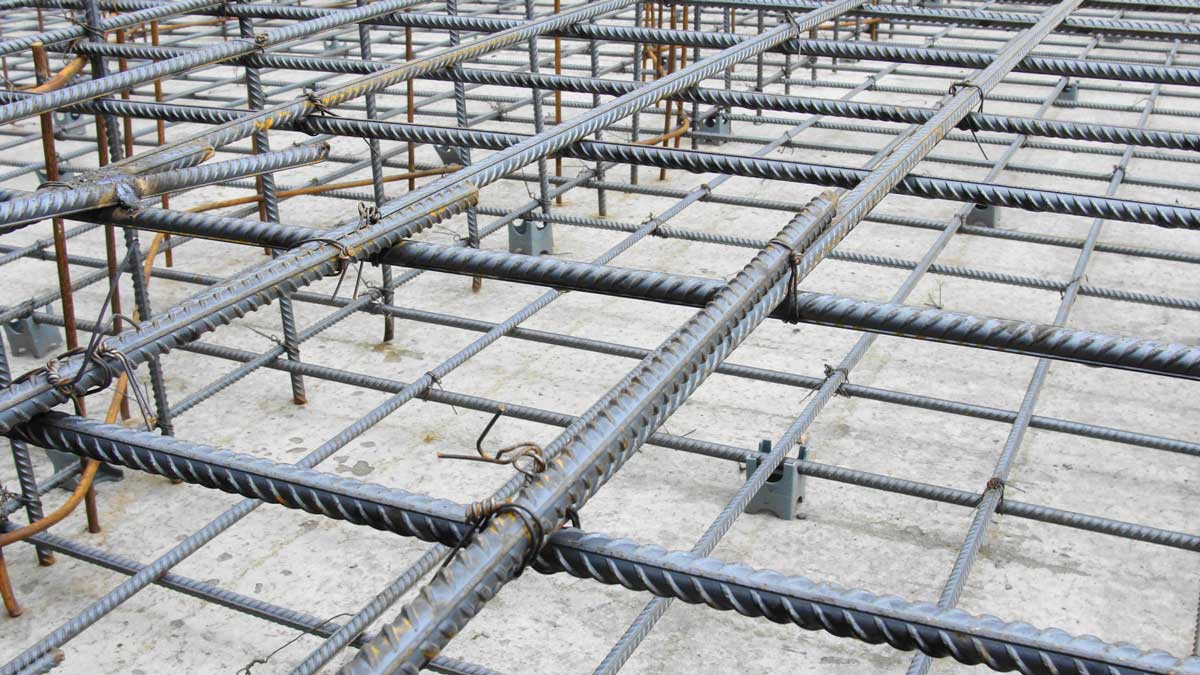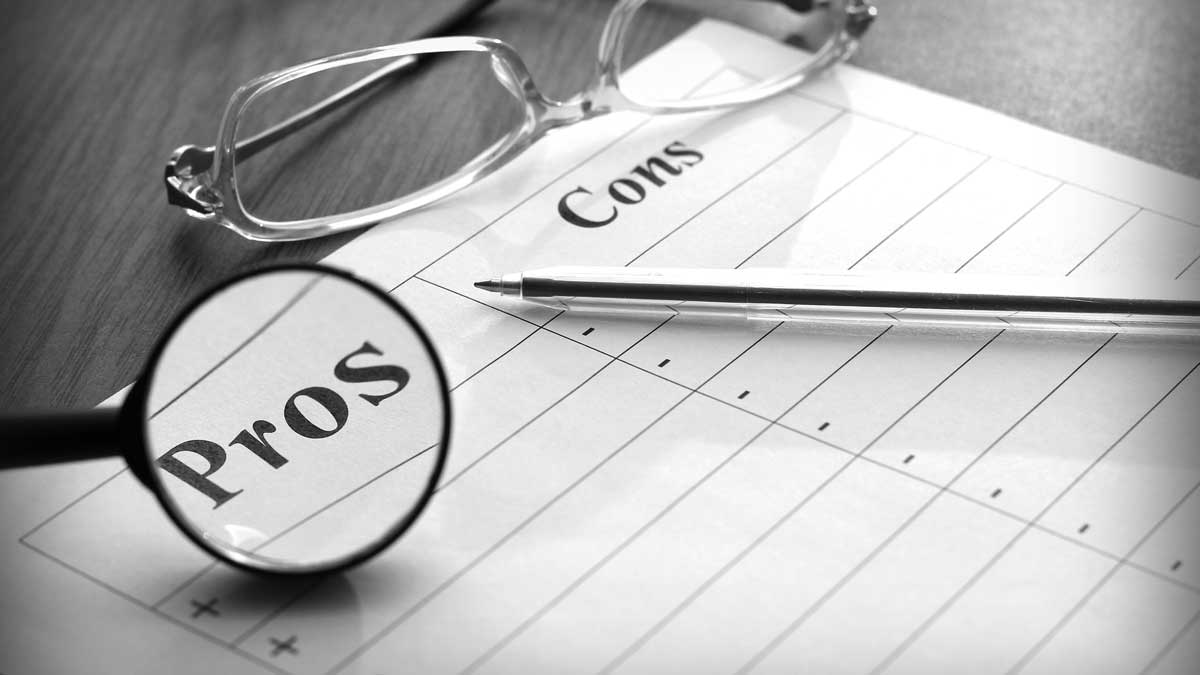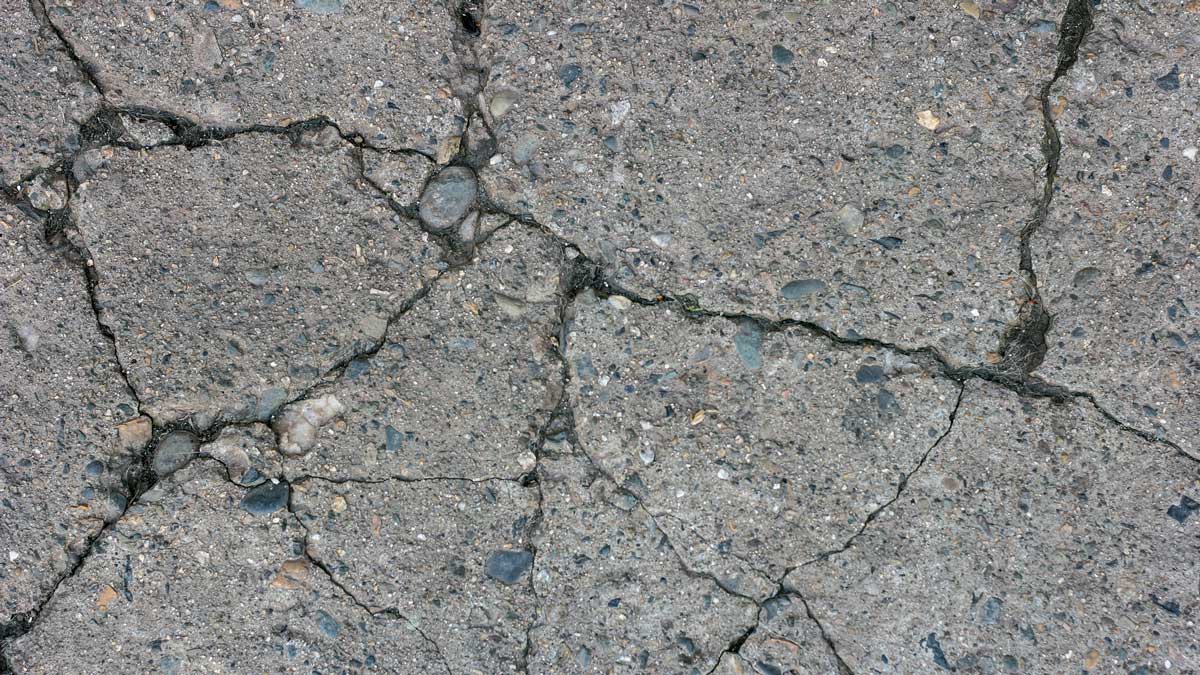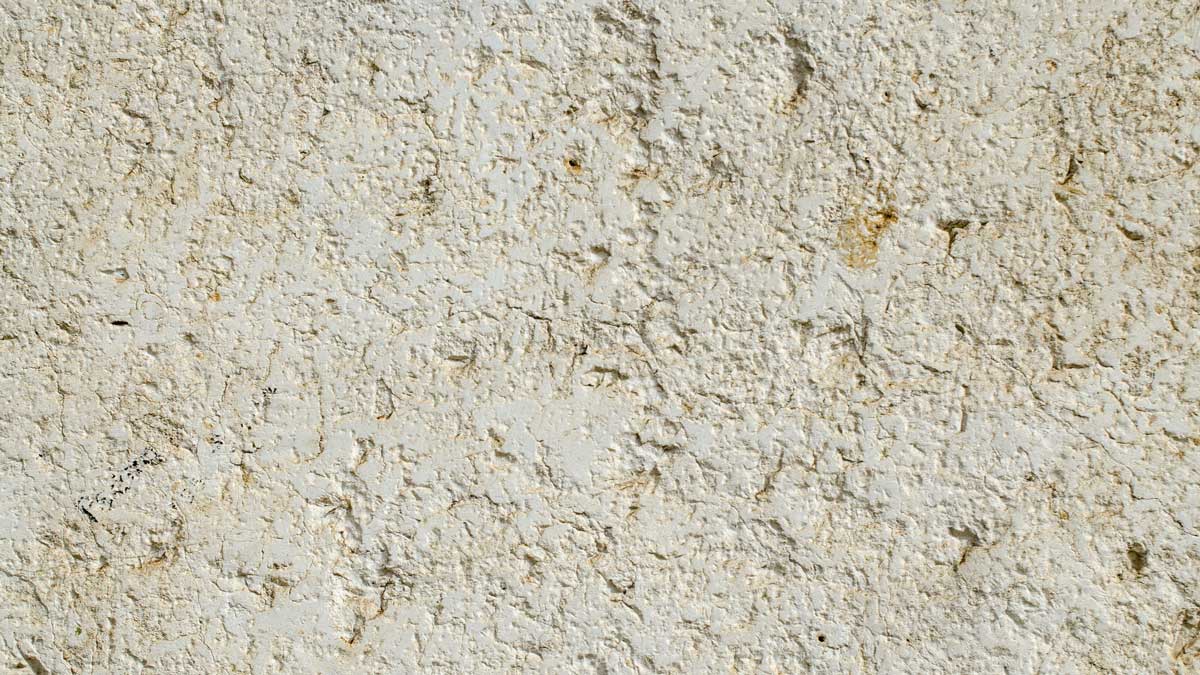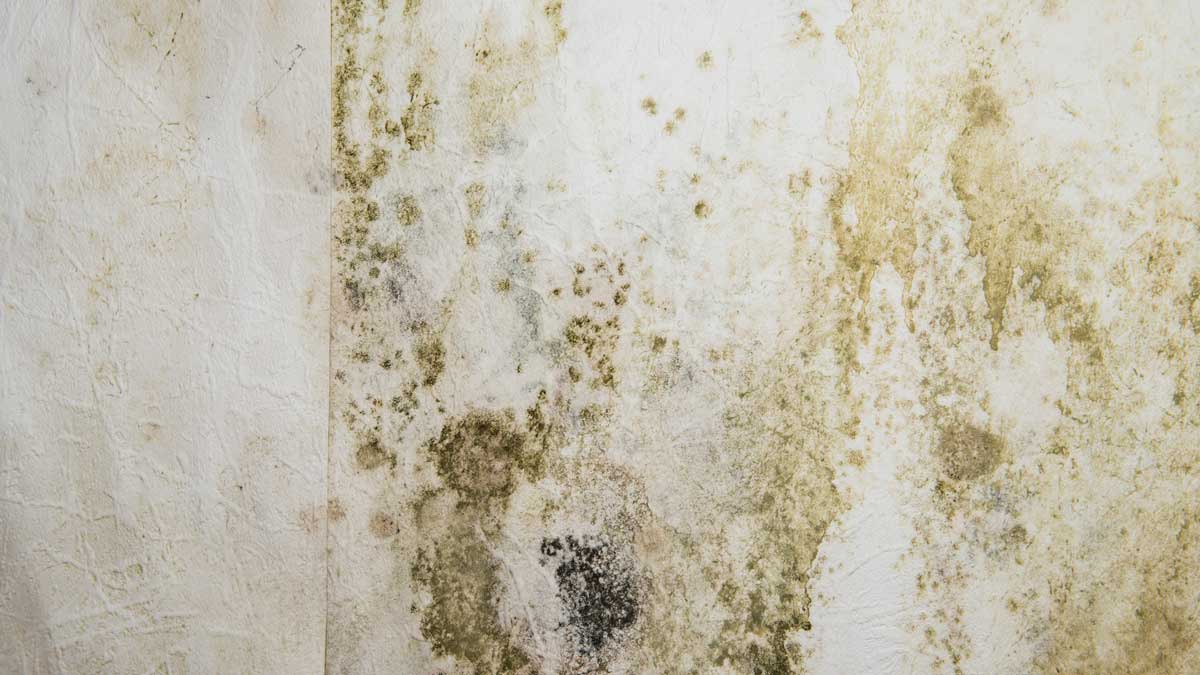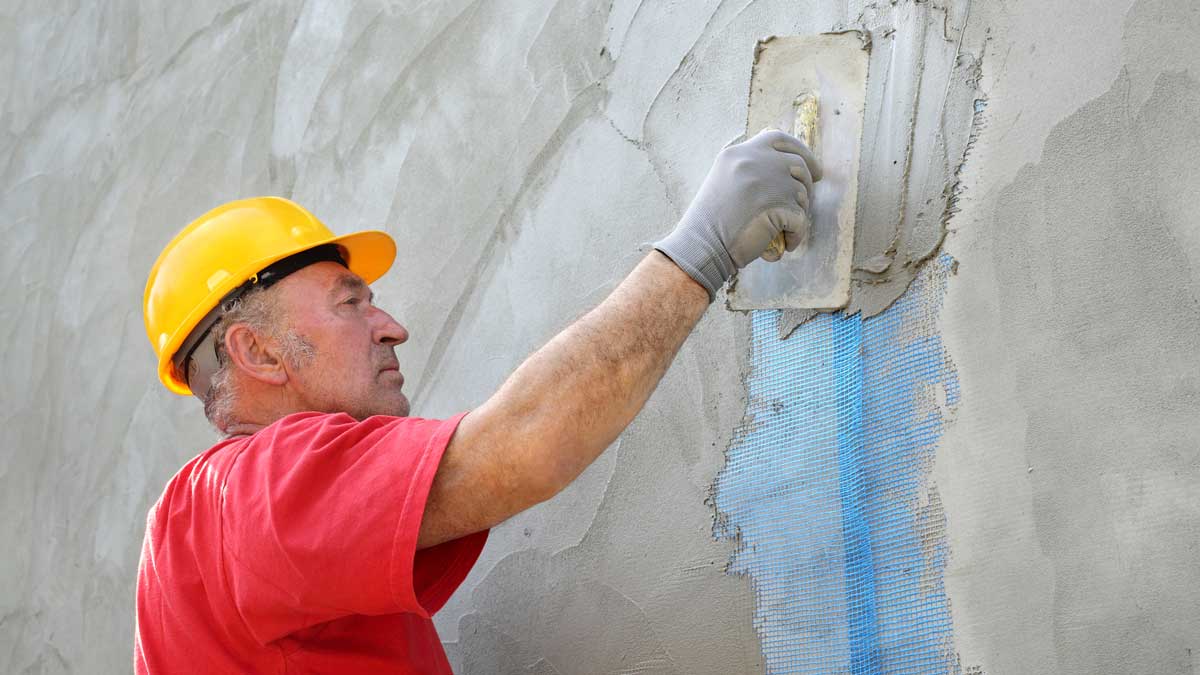Does concrete need to be reinforced?
Concrete is a robust and versatile material used in nearly every area of construction. It consists of water, cement, and aggregate materials that harden to form a rock-solid structure. Concrete is durable on its own, but it becomes even stronger with steel reinforcement. That is why reinforced concrete has become an industry staple.
Read MorePros and cons of sandblasting for exterior cleaning
Sandblasting has become a popular way to clean and smooth surfaces in a variety of industries. Also known as abrasive blasting, this process uses tiny particles to blast away rough spots on metal, concrete, wood, and other materials. Sandblasting can be safe for exterior cleaning, but it is not ideal for every building. Read on to find out if sandblasting is right for you.
Read MoreA masonry restoration toolbox
You need to stay on top of masonry restoration if you want to keep your walls standing over the long term. Masonry restoration is any number of procedures that are performed on a building or wall that’s already standing. This keeps them in good shape so they stay impervious to moisture and the elements.
Read MoreHow do you resurface concrete?
Humanity has been using concrete for construction since the time of the Romans. We built everything from homes to skyscrapers with it. But though concrete is durable, it’s not impervious.
Read MoreLimestone care and maintenance
Limestone is one of the more common natural stones used in building. Many buildings, decks, patios, walkways, and more use limestone. It’s durable but can be porous, depending on where and how it’s installed. Stains and damage can happen to limestone more easily than they can to other tougher stones.
Read MoreThe damage water can do
Water infiltration is one of the most damaging problems you can run into, and it requires attention immediately. A building has a huge number of areas where water can come in. Water finds every path of least resistance and makes its way into the building to wreak havoc. It’s one of the most destructive and most pervasive elements you can run into when you’re building or maintaining a structure.
Read MoreThe difference between EIFS and stucco
Your building’s exterior won’t last forever. It needs cleaning and upkeep.
Read More